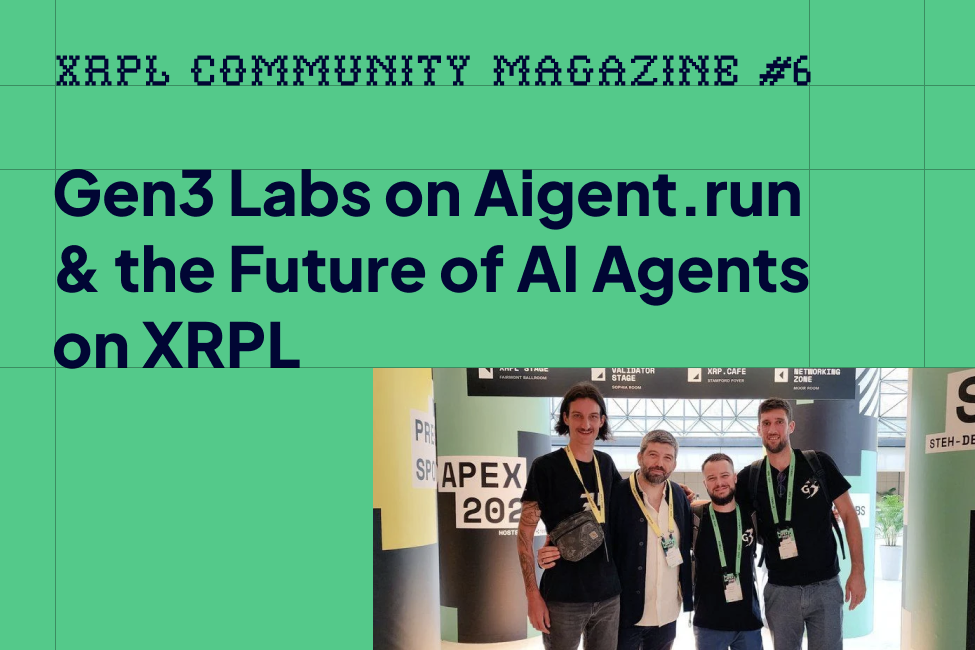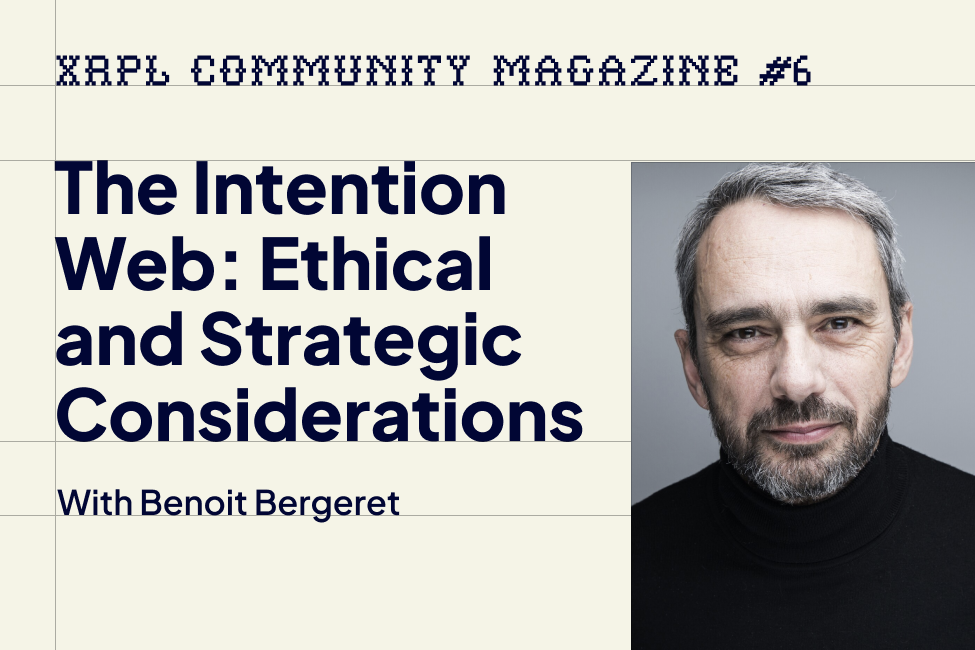Intro to Real Estate RWA Tokens
Real estate, one of the oldest forms of investment, has been a cornerstone of human civilization, providing stability, wealth creation, and inheritance. Despite economic crises, the global real estate market continues to expand robustly. From 2017 to 2023, the industry saw a 28% increase1, with the S&P Global REIT Index peaking at a 19% rise in 20192, before slowing down due to the adverse effects of the pandemic.
Despite these impressive figures, real estate remains highly illiquid and inaccessible to a broader population due to large capital requirements, strenuous transaction processes, limited liquidity options (unlike stocks and bonds), accessibility and regulatory complexity. These challenges drive innovation to enhance access for new investors and liquidity for existing ones.
To tackle these challenges, Blockchain, a Distributed Ledger Technology (DLT) based on encryption and cryptography, is well-positioned.. This technology enables the tokenization of Real World Assets (RWA), such as real estate, onto the ledger.
The University of Oxford defines tokenization as "the process of representing a fractional ownership interest in an asset with a blockchain-based token."3 Essentially, tokenization creates a digital representation of an asset (the token) that can be divided into smaller shares easily tradable on a decentralized exchange (Dex) or over-the-counter. This innovation democratizes access to the real estate market by enabling high-value assets like commercial properties to be fragmented into smaller, more affordable shares. When a financial asset can be bought, exchanged, or sold in a market, that asset is termed a security.
In practice, blockchains such as the XRP Ledger are leveraged to enhance efficiency, security, pricing, and accessibility for investors, property owners, and governments alike. These technologies are transforming the traditional real estate market by introducing simplified investment access, digital property ownership, streamlined mortgage payments, updated land registry systems, and token trading marketplaces.
Market Structure & Size4
Similarly, as in the traditional market, tokenized real estate covers a broad spectrum of assets, from Commercial and Residential estates to land registries, real estate debt, and funds.
Tokenized Assets Market ($tn, 2023-2030)

According to BCG, the tokenized asset market is projected to skyrocket from $1.5 trillion to $16.1 trillion by 2030, while tokenized real estate assets are anticipated to reach $3 trillion in the same period.
Looking ahead,this surge underscores a global shift towards blockchain-integrated innovation. As evidence of this shift, FIBREE6 reports that in 2023, all continents saw at least a 40% growth in tokenized real estate projects, with the USA, particularly New York, emerging as the global leader, though London and the UK remain strong contenders in Europe.
General Benefits & of Tokenization
The tokenization of real estate assets brings 5 main benefits, solving hurdles currently faced by its stakeholders:
- Fractionalization: division of real world assets into smaller digital shares that can be easily distributed to a broader investor base hence a democratized access to high-value investments.
- Operational Efficiency: automation and cost reduction for key processes like compliance checks, dividend distribution, etc.
- Reduced Settlement Time: transactions settlement are significantly shorter, guaranteed 24/7/365 regardless of time zone and almost instantaneous compared to traditional methods.
- Data Security against Cyber-Attacks, Transparency, and Immutability: confidentiality is guaranteed through cryptographic hashing while on-chain transactions remain transparent, immutable and cyberattacks-proof.
- Liquidity: regulatory framework development for digital securities exchanges, enhances global market liquidity.
These benefits help reduce traditional barriers to entry, lower costs or asset prices, and eliminate geographical boundaries.
The Lifecycle of a Tokenized Security
The process of tokenization enables asset ownership that can be easily traded similarly to traditional assets. The lifecycle of a tokenized security generally involves stakeholders such as Asset Originators, Tech Companies, Protocol Developers, Private Market Exchanges, Investment Banks, Asset Management Companies, and Traditional Investors. It can be reduced to the five following key steps:
- Deal Structuring: This initial step is crucial as it defines the terms and conditions of the security token, ensuring all legal and financial aspects are clearly outlined.
- Digitization: In this phase, assets such as money, goods, or data are digitized and uploaded to the blockchain, resulting in the issuance of security tokens.
- Primary Distribution: Tokens are then distributed to investors in exchange for capital, and all investor information is securely recorded on the blockchain.
- Post-Tokenization Management: This step involves managing corporate actions such as dividend distributions and shareholder voting, which can be automated using blockchain technology.
- Secondary Trading: Finally, tokens can be traded between investors either over-the-counter or on exchanges, enhancing liquidity and allowing for a more dynamic market.
XRPL Blockchain and Real Estate Tokens
The XRP Ledger is a layer-1 blockchain built in 2012 to solve real world use cases, especially for Defi & payments. It is particularly known for its:
- Speed & Efficiency: the settlement time of a transaction ranges between 3 and 5 sec. and is available 24/7/365, regardless of the geographic location and time zone.
- Affordability: an XRPL transaction costs around 0.00001 XRP (10 drops). Lower transaction costs, boost corporate margins, and help redistribute savings to end users while increasing customer acquisition and retention.
- Security: the XRP Ledger has been operating error-free since its creation in 2012.
- Liquidity: with high volumes traded by banks, institutions & private companies such as Ripple.
- Native functionalities that are relevant to investors, such as some text
- direct & cross-currency payments, escrow, deferred / partial payments...
- DEX with pathfinding to find the cheapest path between currencies
In addition, the XRP Ledger enhances interoperability through powerful add-ons such as the EVM (Ethereum Virtual Machine) Sidechain enabling it to work seamlessly with tools and applications designed for other blockchains, in this case Ethereum.
Moreover, it is recognized as one of the most sustainable blockchains in the market, with a low carbon footprint of 22tCO2 per year and minimal electricity consumption, especially compared to Bitcoin’s 85.5 MtCO2 annually.
Unsurprisingly, business owners and entrepreneurs are revolutionizing the real estate market by leveraging the XRP Ledger, as exemplified below.

Key Considerations
Despite the benefits of using the XRP Ledger and other blockchains to tokenize real estate, several building blocks must be addressed to ensure the successful development of this market:
- Enabling liquidity & adoption
Liquidity refers to the ability to buy or sell an asset without causing a dramatic change in the asset’s price. This is enabled by building trust between real estate token providers and investors, developing the secondary market and having marketplaces that are able to match demand with supply. Adoption can also be enhanced by improving interoperability between different blockchains.
- Addressing conversion & custody hurdles
On/Off Ramps seamlessly convert traditional assets to digital assets and vice versa enabling the easy conversion and transfer of value, bridging the gap between different forms of currency or assets.
Secure custody solutions ensure the storage of digital assets which underpin all transaction-related activity on a blockchain like trading, staking, lending, buying, selling. Robust, institutional-grade crypto custody solutions ensure the safety of digital assets and provide a seamless experience for users.
- Adhering to regulatory standards
Ensuring compliance with existing laws, such as securities regulations, anti-money laundering (AML) rules, and know-your-customer (KYC) requirements, helps build trust and credibility among investors and regulatory bodies.
This compliance demonstrates transparency and accountability, preventing illegal activities and attracting both retail and institutional investors. Staying updated with regulatory changes and proactively adapting to them further enhances a platform’s reputation and operational integrity.
In light of these considerations, real estate tokenization represents a transformative innovation, addressing long-standing challenges such as illiquidity, high entry barriers, and complex transaction processes. As the industry continues to evolve, it is crucial to address key considerations to effectively harness the benefits of real estate tokenization, paving the way for a more inclusive, efficient, and dynamic market.
XRPL Commons is at the forefront of these efforts, driving blockchain innovation and improving interactions within the real estate sector. Through our Residency program, executive briefings, and various events, we explore these themes and more. We invite you to get in touch or follow us for updates on our upcoming initiatives.
Looking ahead, the future of Real Estate Tokenization holds exciting possibilities. By leveraging the combined strengths of blockchain technology and industry expertise, we can create innovative solutions that transform the real estate market in previously unimaginable ways.
1 Statista 2024
2 KPMG (April 2020) Real Estate Tokenization Hong Kong Singapore
3 University of Oxford Research (Jan 2020) Tokenisation – The Future of real estate Investment?
4 Roland Berger (Oct 2023) | Tokenization of Real-World Assets
5 BCG 2023
6 FIBREE (Foundation for International Blockchain and Real Estate Expertise) 2023




.webp)











